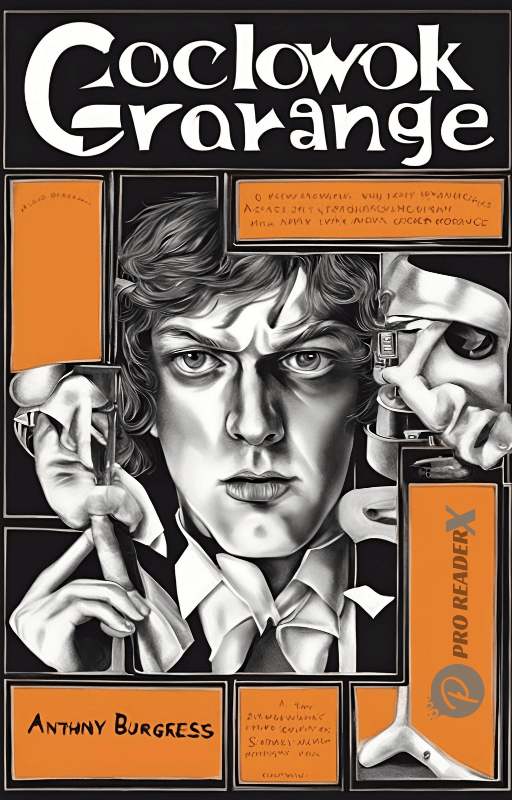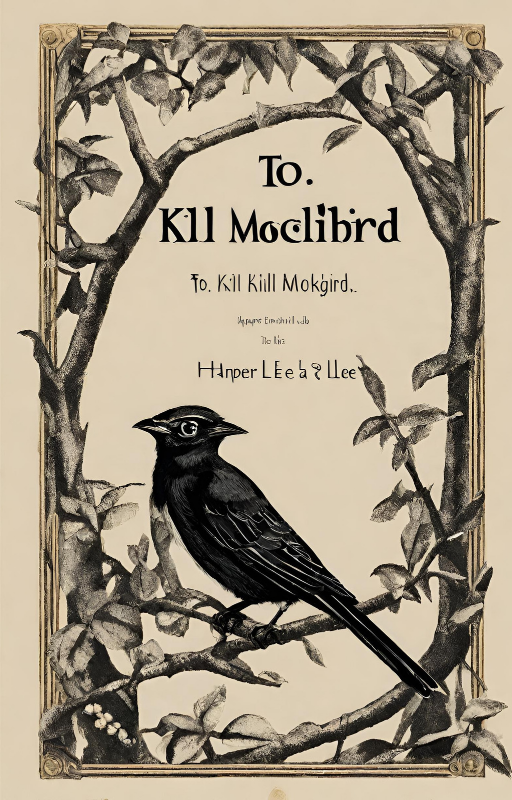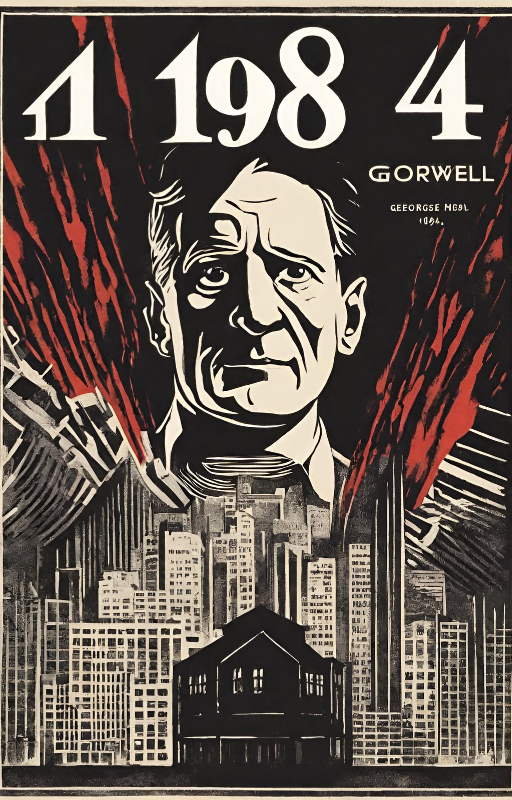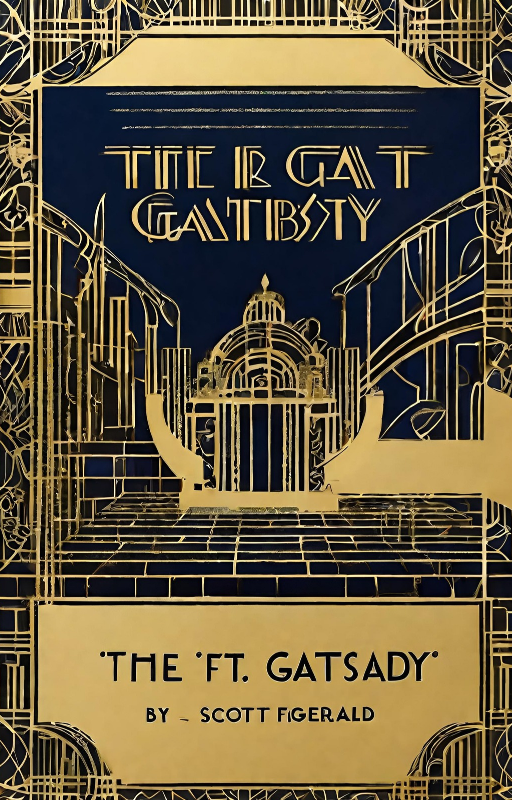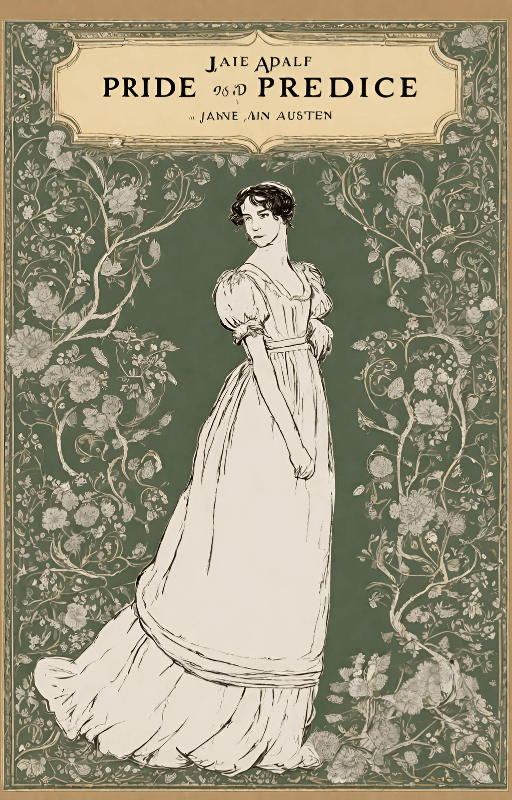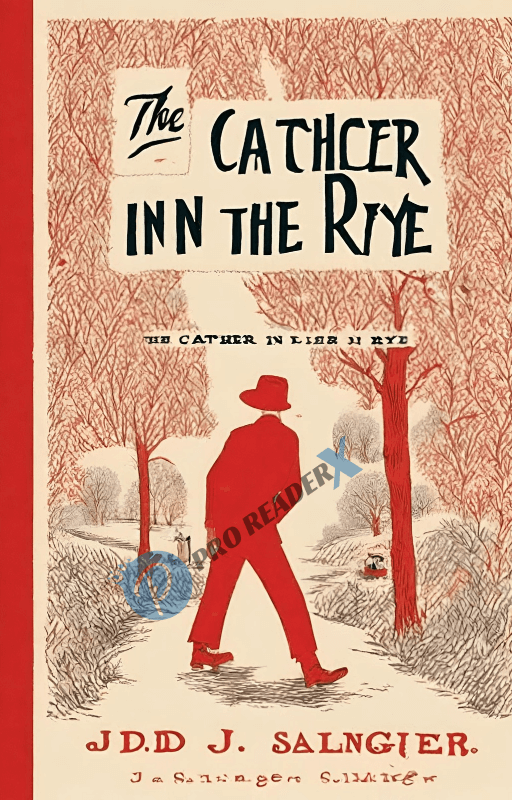Introduction to “A Clockwork Orange”
You recall “A Clockwork Orange” long after you’ve finished the last page. In his dystopian 1962 book, Anthony Burgess explores the core of human nature, free will, and the fallout from a society that attempts to regulate both. The narrative chronicles the life of teenage offender Alex and his trip through offence, retribution, and forced atonement. Come explore the many levels of “A Clockwork Orange” ‘s universe.
About the Author: Anthony Burgess
Early Life and Career
English writer and composer Anthony Burgess, formerly John Anthony Burgess Wilson, has an exciting existence. Born in Manchester, England, in 1917, he experienced the loss of both his mother and sister during the 1918 flu epidemic. Burgess first sought a career in music, but he switched to literature after serving in World War II. His experiences and long trips significantly impacted his writings.
Major Works and Legacy
Although “A Clockwork Orange” is undoubtedly Burgess’s most well-known work, he wrote more than 30 novels besides non-fiction, essays, and compositions. One of the literary giants of the 20th century, his skill at fusing deep social criticism with linguistic inventiveness has solidified his reputation.
Overview of “A Clockwork Orange”
Plot Summary
Essentially, “A Clockwork Orange” is a narrative about a decision. Teenage Alex is the main character, and he enjoys both classical music and violence. Dim, Georgie, and Pete, his gang, spend their evenings terrorizing the streets of a futuristic dystopia. His incarceration and betrayal by his buddies changed his life dramatically. While incarcerated, Alex volunteers to be an observer for the Ludovico Technique, an aversion therapy meant to get rid of his violent impulses. Though the treatment works, it denies Alex his free will, which sets off a chain of events that makes society and him face the moral ramifications of such control.
Main Themes
Free Will vs. Control
The conflict between state authority and free will is one of “A Clockwork Orange” ‘s central themes. Burgess raises complex concerns about the essence of morality: Is it better to be naturally good, or is it better to be able to make decisions even when those decisions include the possibility of evil? The Ludovico Technique’s conversion of Alex draws attention to the moral problems of giving up individual freedom to maintain society’s order.
The Nature of Evil
Additionally, the book considers the essence of evil. Alex is unquestionably a villain. He does horrible things without thinking twice. Burgess, nevertheless, challenges readers to look behind Alex’s deeds and consider the psychological and social elements that influence his conduct. This complex picture begs a closer examination of the causes of evil and the possibility of atonement.
Language and Communication
A further distinguishing aspect of “A Clockwork Orange” is Burgess’s creative use of language. The book is written in “Nadsat,” a made-up language blending rhyming slang from Cockney, English, and Russian. Along with drawing readers into Alex’s world, this distinctive language style emphasizes the issues of juvenile rebellion and social alienation.
Characters in “A Clockwork Orange”
Alex
The novel’s antagonist, Alex, is a nuanced figure whose transformation from a violent youngster to a government pawn makes readers consider complex issues of morality and atonement. Though he acts brutally, Alex is fascinating because of his charm and brilliance.
Dim, Georgie, and Pete
The members of Alex’s gang stand in for many facets of young disobedience and compliance. Dim is the brutal force, Georgie is the con artist, and Pete is the follower. Their relationships show how easily allegiance can be broken and how brittle alliances are inside subcultures.
The Government and Authority Figures
In “A Clockwork Orange,” the authorities are shown to be just as corrupt and defective as the criminals they are trying to subjugate. From prison wardens to psychiatrists, these individuals capture Burgess’s mistrust of institutional authority and its potential for misuse.
Analysis of Key Scenes
The Ludovico Technique
Several of the book’s most terrifying sequences show the Ludovico Technique. Alex is conditioned psychologically to identify muscular physical pain with aggressive thoughts. He becomes a “clockwork orange”—organic on the surface but mechanical on the inside—after this treatment eliminates his ability for aggression and free will.
The Final Chapter
In the contentious last chapter—which is sometimes left out of American editions—Alex feels tired of his violent way of life and longs for a more traditional one. This chapter provides some optimism among the gloomy topics of the book by speculating on the potential of natural moral evolution and atonement.
The Book’s Impact and Controversies
Initial Reception
When it came out, “A Clockwork Orange” received conflicting reviews. Some lauded Burgess’s inventiveness and audacious criticism of free will, while others unnerved him with his vivid brutality and pessimistic attitude. However, throughout history, the book has been known as a foundational piece of dystopian fiction.
Influence on Popular Culture
“A Clockwork Orange” has permanently altered popular culture. Numerous movies, TV series, and songs have referenced and mocked its unique dialect, recognizable cover art, and controversial subjects. The book’s influence goes well beyond its literary beginnings.
Controversial Themes
The book’s investigation of governmental authority, free choice, and violence is still generating discussion. Critics common topic of censorship and scholarly debate, critics dispute the moral ramifications of Alex’s treatment and the novel’s depiction of violence.
Film Adaptation by Stanley Kubrick
Differences from Book
Though it departs significantly from the original, Stanley Kubrick’s 1971 version of “A Clockwork Orange” is a brilliant rendition. Remarkably, the movie leaves off the book’s last chapter, giving audiences a more vague and frightening resolution. Kubrick’s visual style and narrative decisions heighten the book’s ideas while adding fresh levels of interpretation.
Public and Critical Reception
Both praise and criticism were heaped on the movie version when it came out. Though its graphic material and seeming exaltation of violence drew criticism, its creative vision and gripping performances won praise. Notwithstanding the controversy, the movie became a cult and is still regarded as a cinematic classic.
Conclusion
“A Clockwork Orange” deftly examines human nature, free choice, and control ethics. Both thought-provoking and unsettling, Anthony Burgess’s narrative is skillfully told, and his use of language is creative. The tale of Alex and his journey, whether in the book or the movie version, always stays in style and forces us to consider what good and evil are and how our decisions shape who we are.
FAQs
Q1. What is the main message of “A Clockwork Orange”?
The primary thesis asks whether it is preferable to choose to be evil or to be compelled to be good in the struggle between state control and free choice.
Q2. Why is “A Clockwork Orange” controversial?
Its examination of moral and ethical conundrums and vivid images of violence have generated discussions and resulted in the book’s banning in some areas.
Q3. Is the language in “A Clockwork Orange” difficult to understand?
Burgess uses fictitious lingo called “Nadsat,” which can be challenging to comprehend initially but more accessible to grasp with time and context.
Q4. What is the significance of the title “A Clockwork Orange”?
The title alludes to an object that is mechanical despite appearing organic and natural on the outside. It represents the loss of human uniqueness and free choice due to governmental control.
Q5. Is the final chapter necessary to understand “A Clockwork Orange”?
The last chapter is important because it gives Alex a chance at atonement and organic moral development, which modifies the novel’s central thesis. Some editions omit it, leaving the narrative more gloomy.
